How to prune hydrangeas – simple steps for keeping your favourite garden shrubs in shape
The experts explain how to prune hydrangeas – and when – according to their variety
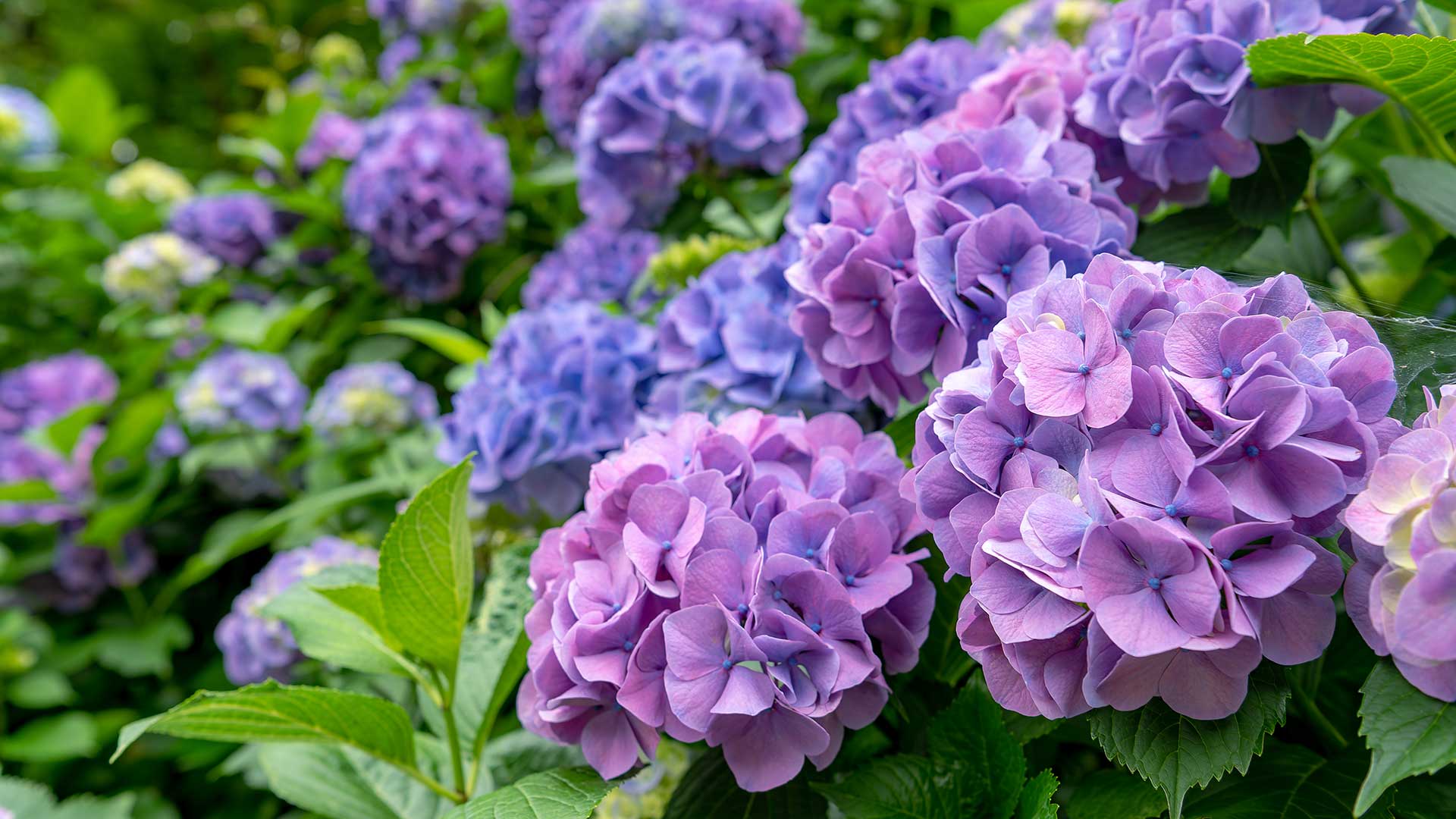

Learning how to prune hydrangeas can seem complicated. But, once you know a few simple points, it’s easy. It’s a worthwhile task, too – giving them an annual trim will reward you with healthier, better-shaped shrubs that bloom profusely.
As with pruning roses, correct timing and technique is important for success. Get it wrong, and you might end up with no flowers at all, which is no good for keeping up with the latest garden trends.
To make it easier to carry out this outdoor task, we chatted with gardening experts, who share their top tips on pruning hydrangeas below. You’ll also find advice on how to prune hydrangeas in pots.
An expert guide on how to prune hydrangeas
Proper pruning will ensure your best plants thrive. Not only will it remove dead and diseased stems, but it will also encourage fresh growth and new blooms. Plus, it will keep their size under control – which is particularly prudent for these fast-growing shrubs.
What you will need
Whether cleaning a patio or mowing the lawn, proper tools for carrying out gardening jobs are essential.
Hydrangeas are woody shrubs, so you’ll need the same sort of tools as you would to prune buddleia. This means, a sturdy pair of secateurs and potentially a pair of loppers. You’ll need a good pair of gardening gloves, too.

RRP: £22.95 | Ideal for cutting tougher stems, these loppers have durable, rust-resistant, carbon steel blades and an extendable mechanism. They're a particularly useful tool for taller hydrangea shrubs.
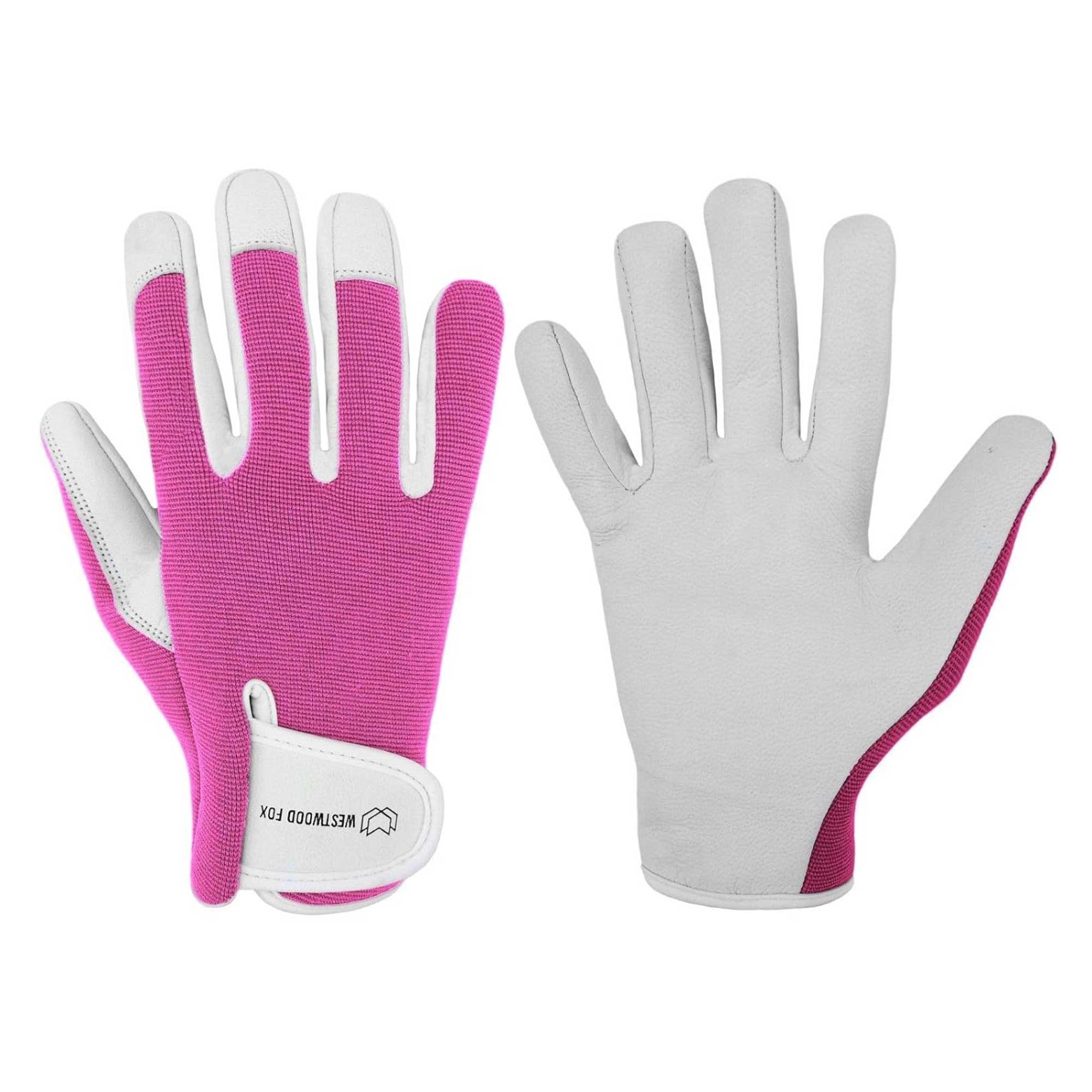
RRP: £9.99 | These gardening gloves have also been awarded ‘Amazon’s Choice’, and it’s easy to see why – they’re made from spandex and leather, and are breathable, comfortable, and stylish.
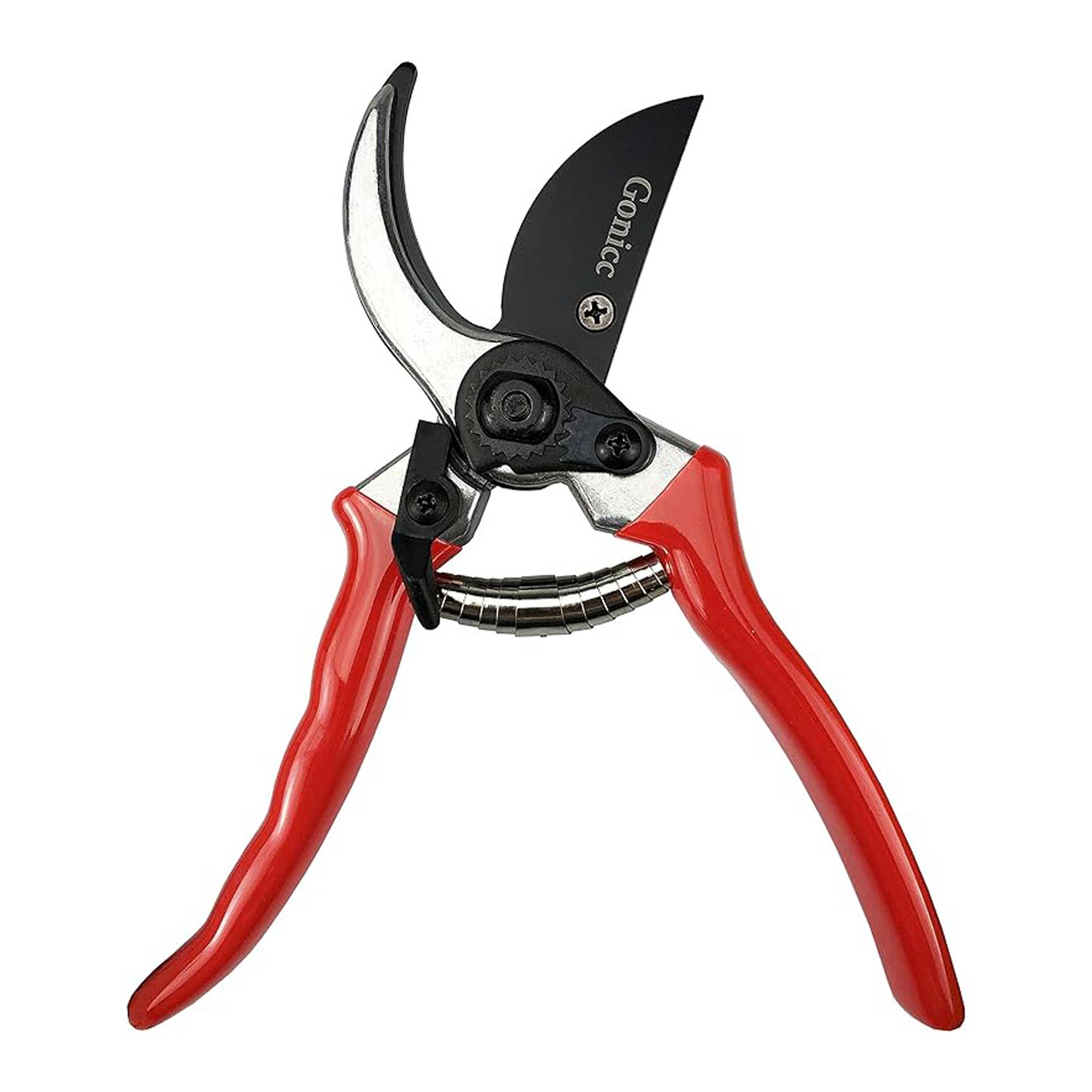
RRP: £20.97 | These popular secateurs have over 8,000 5-star ratings on Amazon. They feature a carbon steel blade and lightweight, non-slip handles, making pruning and deadheading easy.
How to prune hydrangeas: a step-by-step guide
Different types of hydrangeas need different types of pruning, but don't let that deter you: it's simple once you know which variety yours is.
Sign up to our free daily email for the latest royal and entertainment news, interesting opinion, expert advice on styling and beauty trends, and no-nonsense guides to the health and wellness questions you want answered.
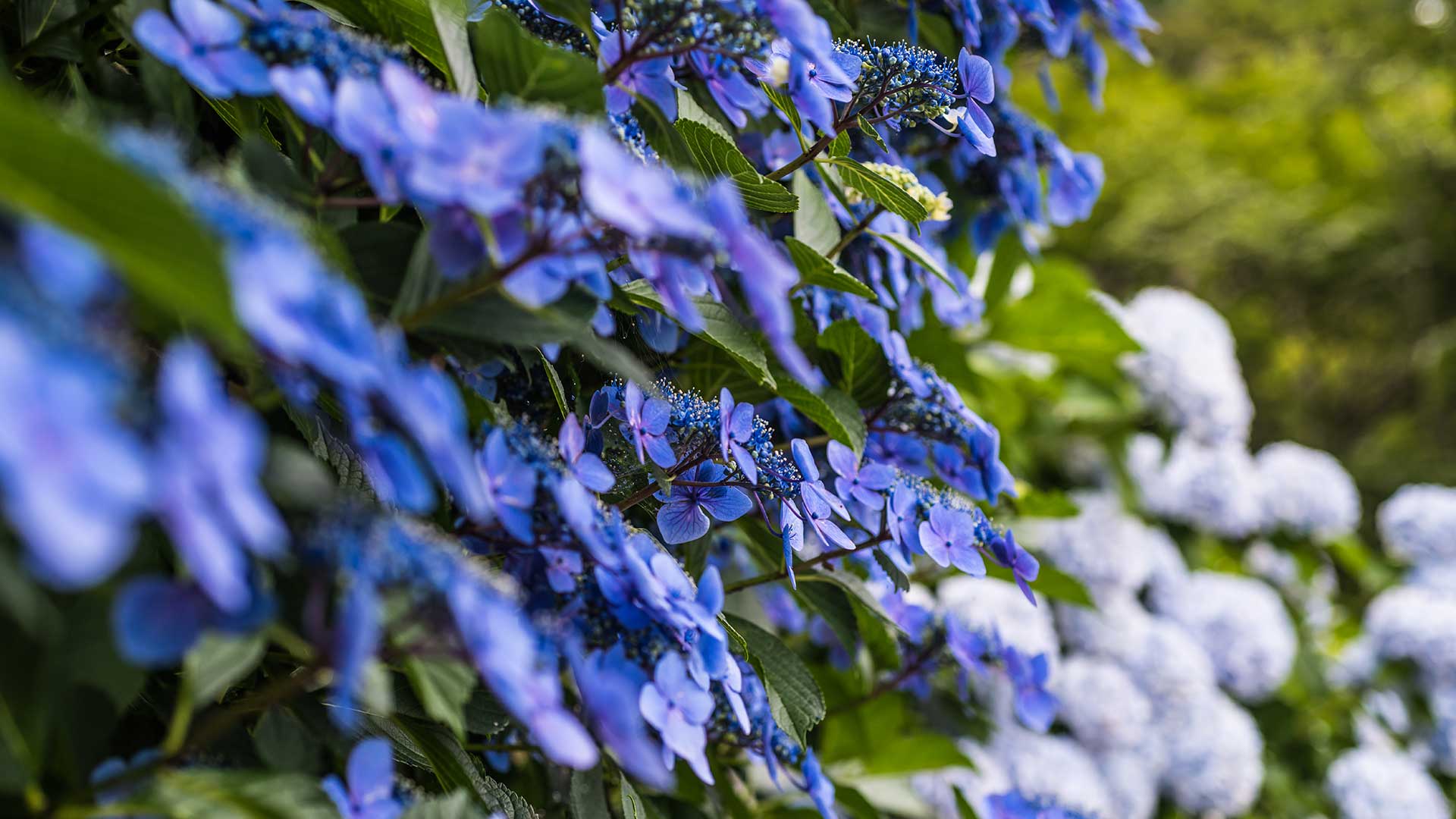
Lacecaps are a type of Hydrangea macrophylla, and flower on old wood
1. Prepare your tools
Before you start snipping, ensure your tools are up to scratch. They need to be sharp and sanitised to prevent accidentally damaging your plant. A good gardening tip for cleaning them is to rub the blades with a cloth dampened with isopropyl alcohol, (available from Amazon).
2. Cut back your hydrangea, according to variety
Just like pruning clematis, the best way to prune your hydrangea depends on the variety. According to Pim Dickson, senior product manager at Mr Fothergill’s Seeds Limited, most commonly grown hydrangeas fall into two main groups.
The first group includes Hydrangea paniculata, which produces its large, classically conical flowerheads in summer, Pim says. Hydrangea arborescens are also in this group. These varieties form their flower buds on new growth and can be hard-pruned in spring.
Garden designer Harriet Worsley says, “We mainly use Hydrangea arborescens ‘Annabelle’ in our gardens – it’s big and blousy, with beautiful, greenish-white flowers.” In winter, the flowerheads, although dry and brown, still look good, and they provide useful upright structure in beds and borders, she says.
In spring, it’s time to cut the stems back to just above a pair of buds, about two feet above the ground. “It might be a little daunting to do this, but it puts the strength back into the plant for the coming season and makes sure they produce strong stems and flowers in the following year.”
Pim adds, “Pruning can also be done less dramatically by just removing dead stems and any branches that cross over,” This will open the plants up and encourage healthy new growth while maintaining a permanent framework of a desired shape and size, he says.

Pim has over 30 years of experience in the horticulture industry, working in roles focused on wholesale nursery plant production, international purchasing, product development and origination, horticultural content creation, and management. Pim is also a member of the Chartered Institute of Horticulture.

Garden designer Harriet Worsley set up Worsley Design & Consultancy after studying Garden Design and Planting Design and studying for her RHS Certificate of Horticulture. She worked as a landscape designer for a firm in Notting Hill and as a weekly volunteer at the Royal Botanic Gardens, Kew, where she honed her plant knowledge. She has designed everything from small London roof terraces to large country gardens and enjoys combining minimalist landscaping using natural materials with swathes of relaxed loose planting.

Hydrangea arborescens 'Annabelle' can be cut back in spring
You can approach the second group with a much lighter touch. These are the Hydrangea macrophylla varieties – the lacecaps and mopheads. “These flower in summer to late summer from buds developed during the previous summer and autumn on mature, ripening stems,” Pim explains.
For this second group, simply remove dead flowerheads, without removing the new buds below, and tidy up dead and old stems. If your plants have been damaged by colder climates, you can prune further back to a healthy bud, says Chris Bonnet, the founder of GardeningExpress.
“Plants can occasionally be shaped and thinned out a little by pruning about a quarter of the oldest and weakest stems back to a couple of leaf joints,” Pim says. “This will help to encourage healthy new growth and provide space for other stronger stems to thrive.” Hard pruning in spring is not appropriate for these types of hydrangea, as this would remove the flower buds, he adds.
Climbing hydrangeas are approached similarly. Gardening expert Sarah Raven says, to prune the wall-climbing variety petiolaris, shorten any branches growing out from the wall it’s adjacent to. "Apart from this, only light pruning is required to remove dead or damaged stems."
3. Mulch your shrubs
Hydrangeas are thirsty shrubs, so follow up your pruning with a good layer of mulch to help the soil retain moisture. If you're trying to be more sustainable in your garden, you can use homemade compost. Keep it away from the woody stem to prevent the risk of rot developing.
If your hydrangea is planted in a pot, regular watering will be essential, says Pim – “especially in hot, dry summers when it may need to be done daily.”
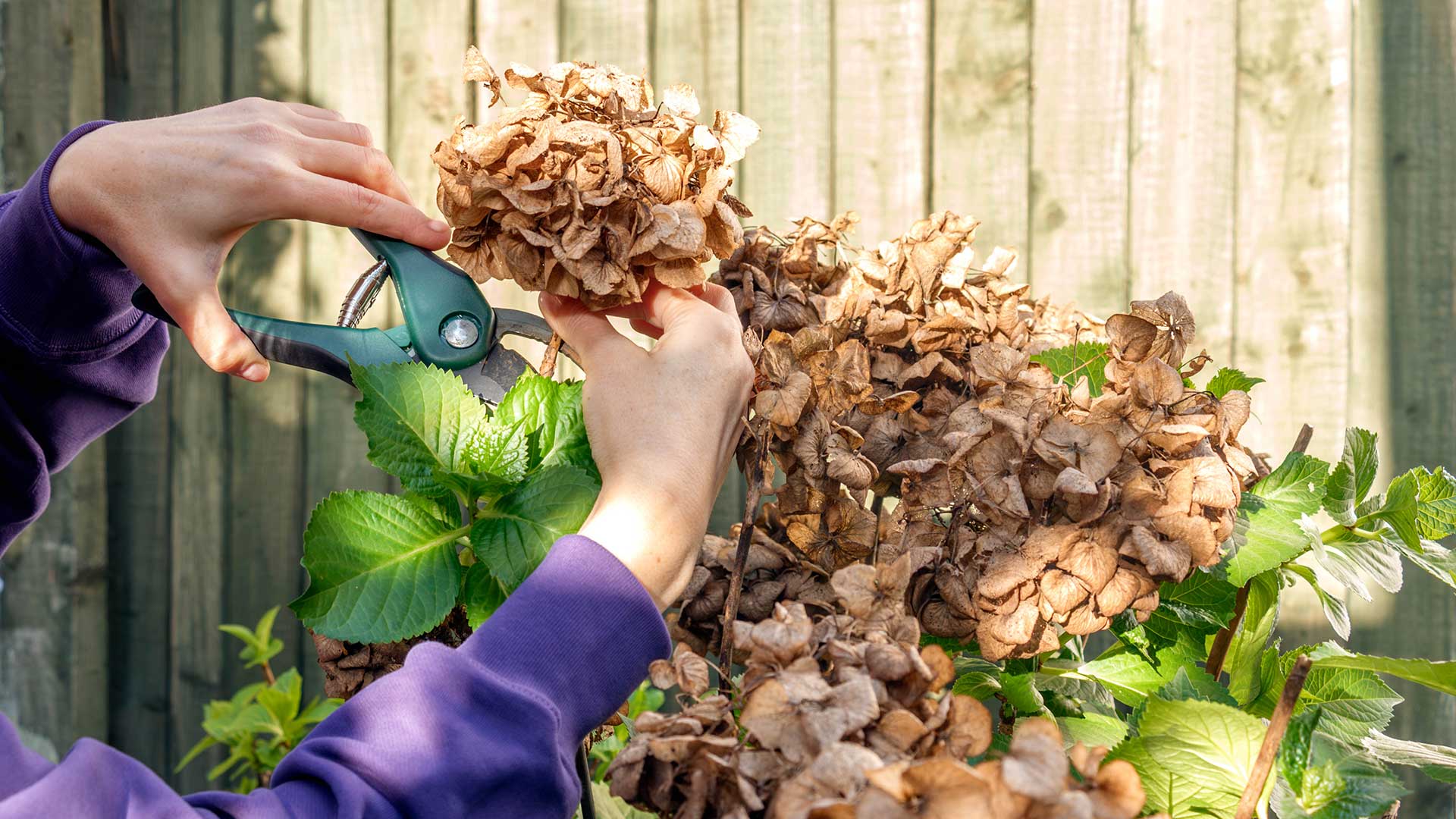
Deadhead your hydrangea at the right time
When to prune hydrangeas
Hydrangeas that produce flowers on new growth should be pruned in spring. Other hydrangeas can be pruned either in autumn after flowering, or lightly in late winter to spring (they’re often one of the plants to prune in February).
Note that leaving the flowerheads on over the winter can help to protect the plants from frost, so is often recommended in colder areas.
The exceptions are climbing hydrangeas. These ones should be pruned after flowering in July or August, recommends Sarah. Don’t leave it too late after blooming, Harriet warns – “the buds of the new flowers start to form soon after the plant finishes flowering, and you don’t want to cut these off.”
FAQs
Should hydrangeas be cut all the way back?
Hydrangea paniculata and Hydrangea arborescens can be cut back hard to a neat framework of stems each year. Other varieties shouldn’t be pruned so aggressively, otherwise, you’ll sacrifice flowers for a season or two. Only cut them back hard if they need renovation.
When and how should you prune hydrangeas in pots?
Whether you have a cottage garden or a more modern space, smaller varieties of hydrangeas make brilliant container plants. Pruning them is just the same as hydrangeas in the ground, so be sure you know what variety yours is before you start snipping.
Do you deadhead or prune hydrangeas?
Deadheading your hydrangeas will also lightly prune them as you cut back the stems to a healthy bud. As mentioned above, some varieties will benefit from a harder prune.
Knowing how to prune hydrangeas is a useful skill to have up your sleeve, and will help you enjoy the stunning summertime flowers for years to come. The paler varieties are particularly well-suited to the quiet luxury garden trend – but all types are beautiful in our books.

The garden was always a big part of Holly's life growing up, as was the surrounding New Forest where she lived. Her appreciation for the great outdoors has only grown since then; she's been an allotment keeper, a professional gardener, and a botanical illustrator. Over three years ago, Holly started writing about plants and outdoor living full-time, first for Gardeningetc.com and now for popular lifestyle titles such as Homes & Gardens.